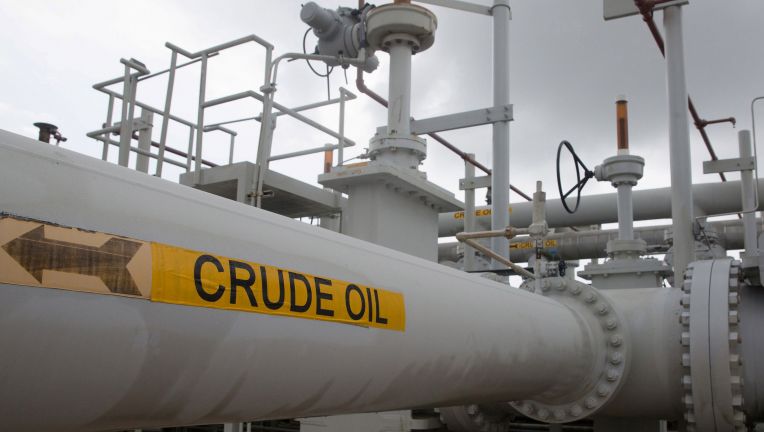
Oil prices rose on Thursday to their highest since the end of 2014 as U.S. crude inventories declined and as top exporter Saudi Arabia pushes for higher prices by continuing to withhold supplies.
Continue Reading Below
Brent crude oil futures rose to as much as $74.02 a barrel, the highest since Nov. 27, 2014, and were at $73.93 per barrel at 0514 GMT, up 45 cents, or 0.6 percent, from their last close.
U.S. West Texas Intermediate (WTI) crude futures were up 38 cents, or 0.6 percent, at $68.85 a barrel. WTI earlier rose to as much as $68.95, its strongest since Dec. 2, 2014.
“The rally is due to the stock data last night and risk premiums from geopolitical tensions in the Middle East over the last few weeks, but these risk premiums are quite short-lived and investors will likely be normalizing prices lower again as the tensions ease,” said OCBC analyst Barnabas Gan.
“I think oil prices are a little elevated in the short-term and we would need to have clear signs for improvement in fundamentals,” Gan said, adding the market will be looking for cues from a meeting of oil producers on Friday.
The Organization of the Petroleum Exporting Countries (OPEC) and its partners in a supply reduction pact will meet in Jeddah, Saudi Arabia, on April 20. OPEC will then meet on June 22 to review its oil production policy.
Advertisement
OPEC and other major producers including Russia started to withhold output in 2017 to rein in oversupply that had depressed prices since 2014.
Reuters reported on Wednesday that top oil exporter Saudi Arabia would be happy to see crude rise to $80 or even $100 a barrel, which was seen as a sign that Riyadh will seek no changes to the supply-cutting deal.
“The Saudis and their colleagues in OPEC need higher oil for their fiscal positions and the Kingdom is on a bold – and costly – reform program. So they might continue to squeeze the lemon while they have the chance,” said Greg McKenna, chief market strategist at futures brokerage AxiTrader.
Since the start of the supply cuts, crude inventories have gradually declined from record levels towards long-term average levels.
In the United States, the Energy Information Administration (EIA) said on Wednesday that commercial crude stocks fell by 1.1 million barrels in the week to April 13, to 427.57 million barrels, close to the five-year average level of around 420 million barrels.
Further supporting oil prices is an expectation that the United States will re-introduce sanctions against Iran, OPEC’s third-largest producer, which could result in further supply reductions from the Middle East.
(Additional reporting by Henning Gloystein Editing by Joseph Radford and Christian Schmollinger)


